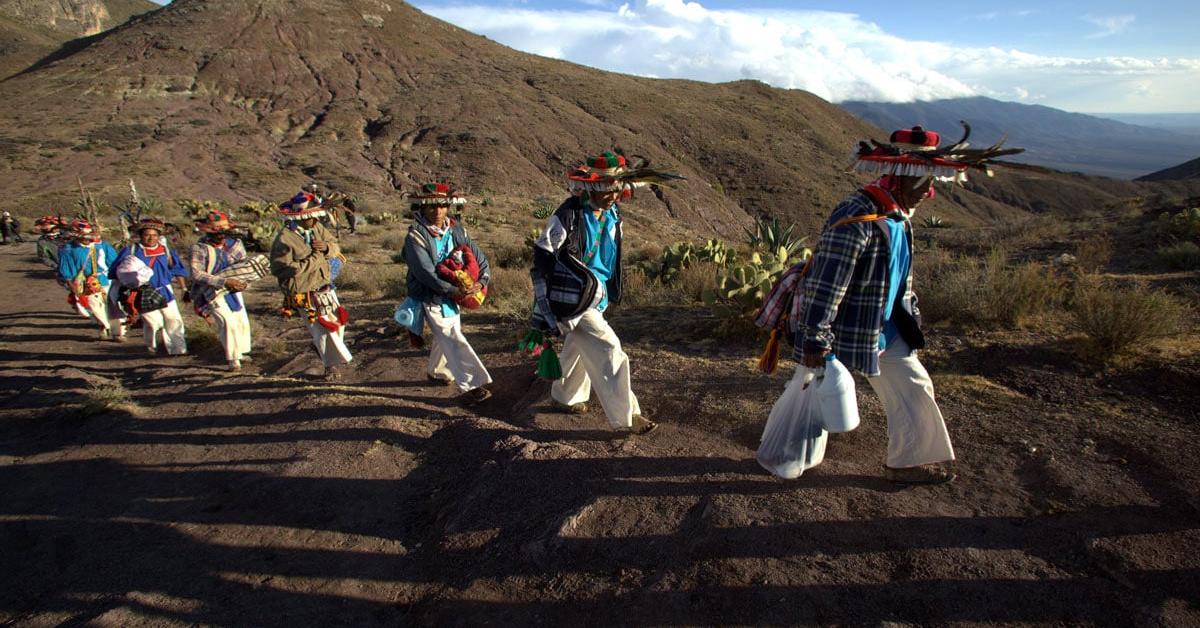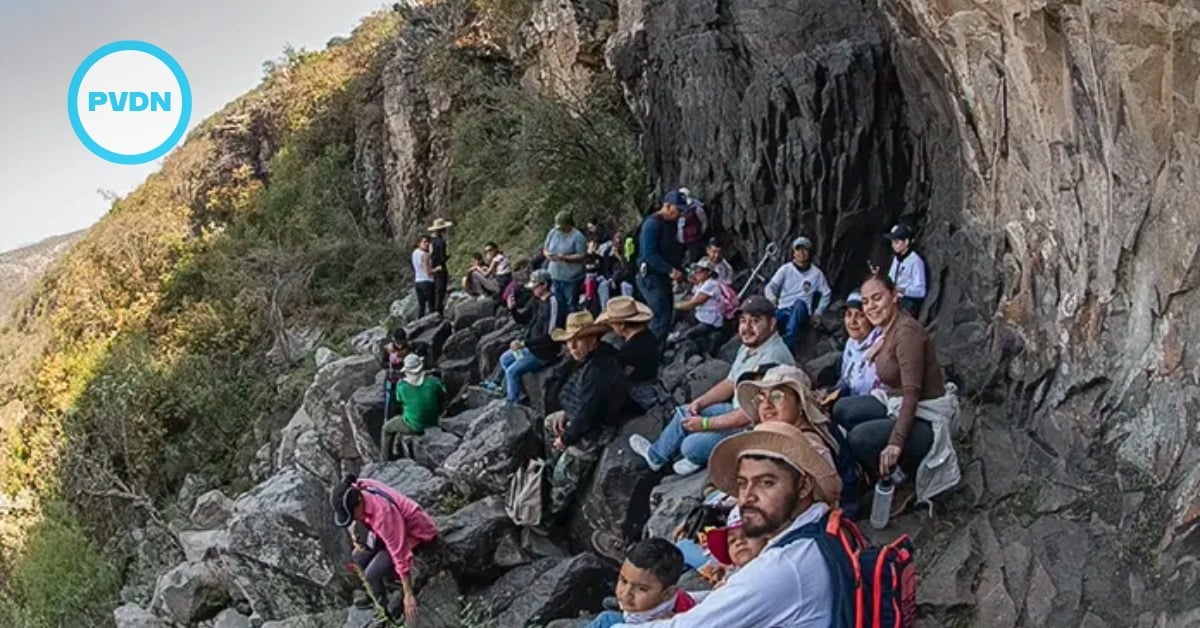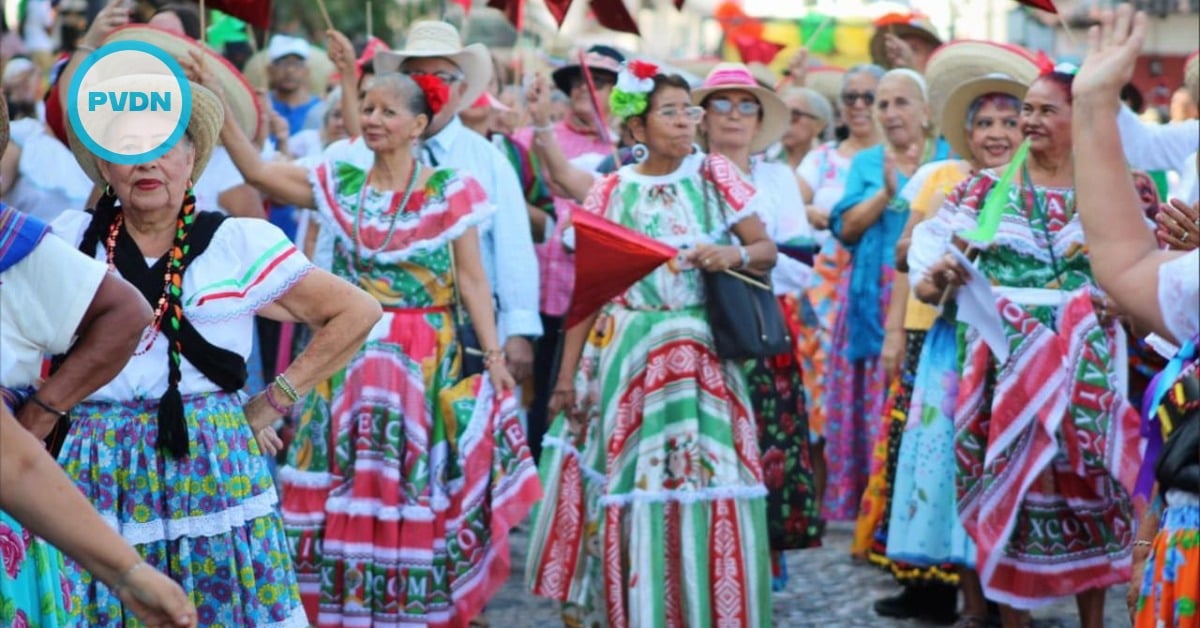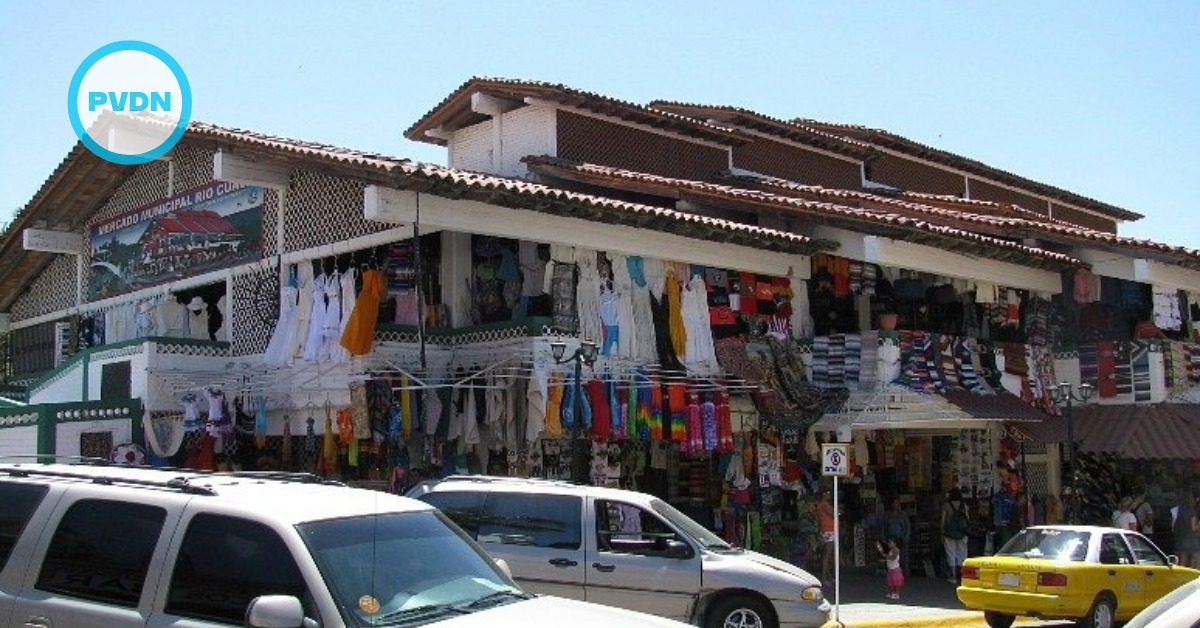The Wixárika Route, a 500-kilometer sacred trail across five Mexican states, has been declared a World Heritage Site by UNESCO, recognizing its spiritual and cultural importance for the Wixárika people.
During her morning press conference, President Claudia Sheinbaum announced that the Wixárika Route—also known as the Camino a Wirikuta—has officially been inscribed as a UNESCO World Heritage Site. The declaration marks a significant milestone not just for heritage conservation in Mexico but for the global recognition of living Indigenous spiritual traditions.
Sheinbaum called . . .







